$49.97 Original price was: $49.97.$34.98Current price is: $34.98.
SKU: D2LSC 5610071569 Categories: Clematis Vines, HOT SALE
- Free Shipping Worldwide
- Multiple payment options for secure shopping with SSL
- The best quality products, always.
- Multiple payment methods, safe and reliable

Lindsay Clematis
Clematis ‘EviGsy’ (PBR) – Lindsay
Plant Details
USDA Plant Hardiness Zones: 4a-9b Find Your Zone
Plant Type: Flowering Vine
Height or Length at Maturity: 4-5′
Width at Maturity: 2-3′
Spacing: 2-2.5′ apart to cover low fence or wall
Spacing: 2-2.5′ apart to cover low fence or wall
Growth Habit / Form: Dense, Twining
Growth Rate: Moderate to Fast
Flower Color: Bluish Purple
Flower Type: Single
Flower Size: Very Large! 6-7″
Flowering Period: Late Spring to Mid Summer reblooming Late Summer to Early Fall
Flowering Period: Late Spring to Mid Summer reblooming Late Summer to Early Fall
Fragrant Flowers: No
Foliage Color: Green
Fragrant Foliage: No
Sun Needs: Full to Mostly Sun, Morning Sun with Afternoon Shade, Morning Shade with Afternoon Sun, All Day Lightly Filtered Sun
Water Needs: Average
Soil Type: Clay (Amend heavy clay to ensure good drainage), Loam, Sandy, Silt
Soil Drainage: Moist but Well Drained
Soil pH: 5.5 – 7.0
Maintenance / Care: Low
Pruning Group: 3
Attracts: Butterflies, Hummingbirds, Beneficial Pollinators, Visual Attention
Resistances: Cold Temperatures (-20F), Deer, Disease, Heat, Humidity, Insect, Black Walnut
Description
A free-flowering and floriferous beauty, the large, 5 to 7 inch diameter star-shaped flowers of Lindsay Clematis have luscious deep purple-blue petals surrounding complimentary red anthers. The flowers are produced in abundance from top to bottom of the plant from late spring through early summer reblooming in late summer to early fall. With vines that climb 4 to 5 feet tall, Lindsay is perfect for use in containers or on a short obelisk or trellis, mailbox post, fence or rail. Also nice sprawling amongst other plants in garden borders. Lindsay thrives in full sun to part shade. We suggest at least 4 hours of direct sunlight for best flowering.
Landscape & Garden Uses
Climbing 4 to 5 feet high and spreading 2 to 3 feet or more wide, the Lindsay Clematis is ideal for growing on a mailbox post, obelisks, pole, short fences and rails and other structures. Excellent on a stake or obelisk in pots, planters and other containers for situating on patios, decks and around other outdoor living spaces where the amazing flowers can be viewed from close up. A fine addition to Clematis gardens, blue or purple theme gardens, and butterfly and hummingbird gardens.
Suggested Spacing: 2 to 2.5 feet apart to cover fences, trellises, and walls
Growing Preferences
This Clematis is easy to grow in a moist but well-drained soil of average fertility and full sun to part shade. Though it tolerates dry periods when established, it will appreciate an occasional watering in prolonged periods of dry weather. Make sure not to plant this one too deep as it tends to smother the plant. See pruning instructions just below.
Clematis Pruning Group 3
Clematis in Group 3 consist of late-flowering species that bloom from mid-summer into fall. This group flowers on the last 2 to 3 feet of the current season’s growth (new wood). They are easy to prune because you do not need to maintain any old wood. In February or March, cut each stem to a height of 6 to 12 inches. Always make sure to leave two good buds along the stem below where you make your cut. New growth will emerge from these buds to produce the current seasons vines and blooms. If not pruned, these vines will quickly become a mass of old diseased woody stems producing very few flowers.
Helpful Articles
Click on the link below to find helpful advice from our experts on how to plant and care for Clematis vines
How To Plant A Clematis
How To Prune A Clematis
Plant Long & Prosper!
Questions? Contact Us!
Be the first to review “Lindsay Clematis – 1 Gallon Pot” Cancel reply
Related products
New
FRUIT TREES & PLANTS
New
New
New
GROUNDCOVER PLANTS
New
Clematis Vines
New
New
New




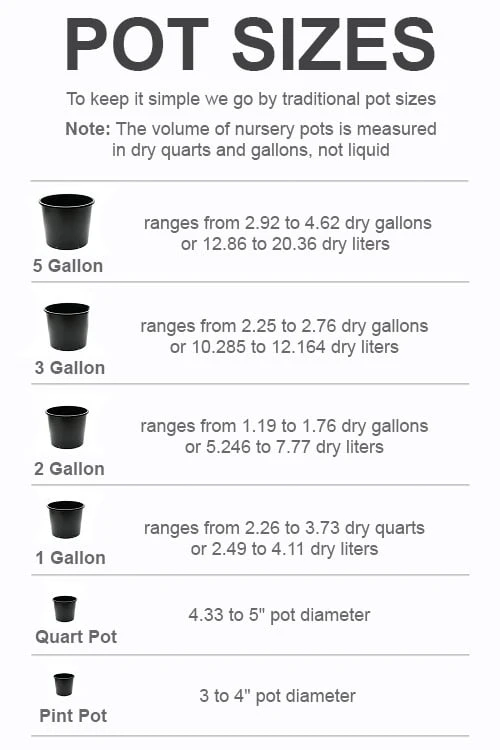
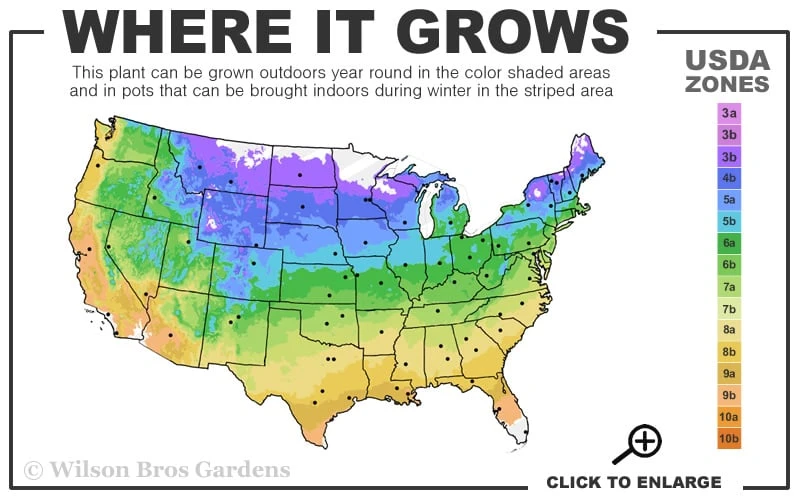


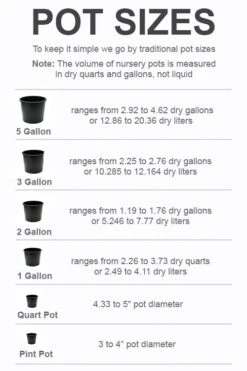
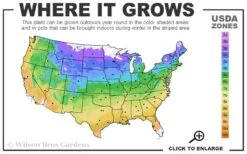

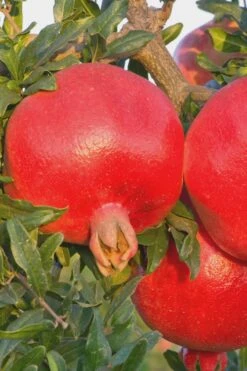
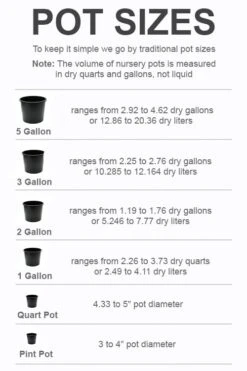

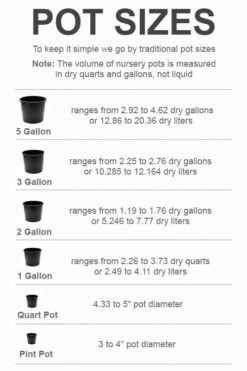





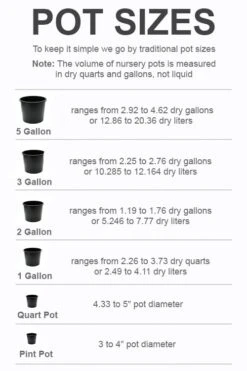
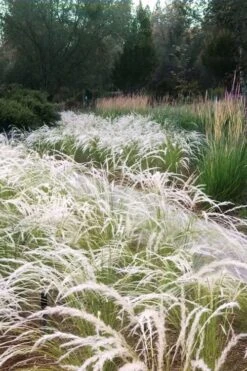
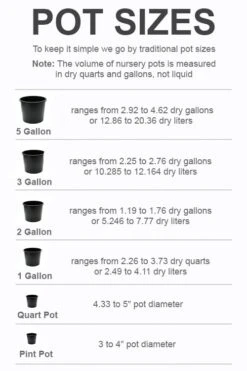

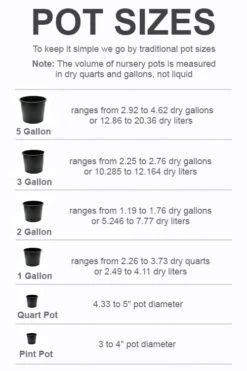

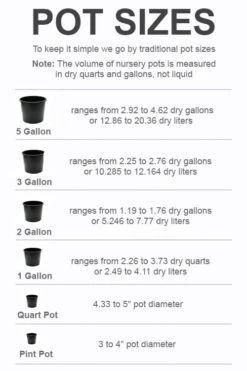
Reviews
There are no reviews yet.